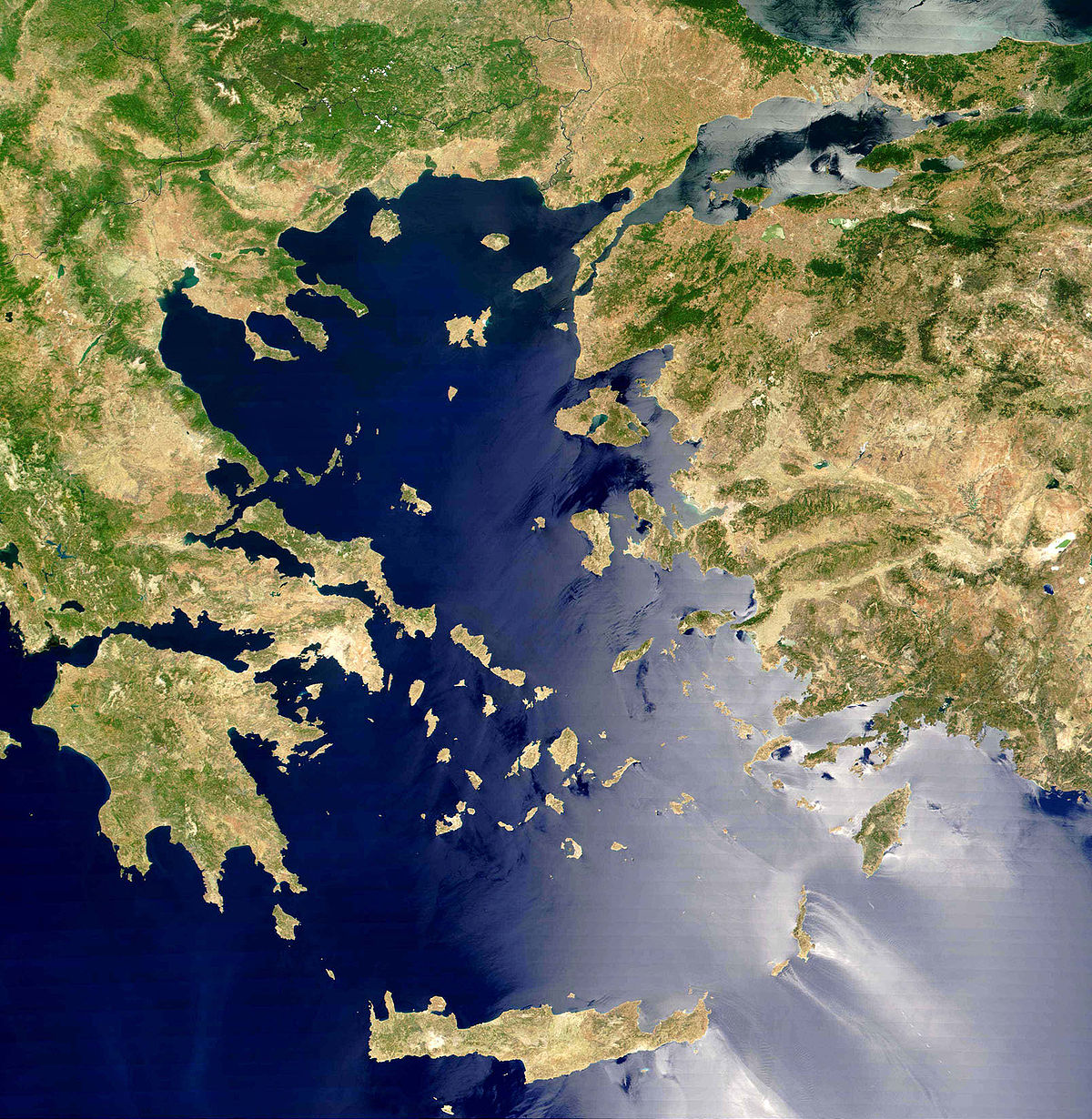The death toll in the recent Aegean Sea earthquake rose to 116 as rescuers in the Turkish city of Izmir finished searching buildings that collapsed in the quake.
All but two of the victims were killed in Izmir, Turkey’s third-largest city. Two teenagers died on the Greek island of Samos, which lies south of the epicenter of Friday’s earthquake. The U.S. Geological Survey registered the quake’s magnitude at 7.0, although other agencies recorded it as less severe.
Mehmet Gulluoglu, head of Turkey’s Disaster and Emergency Management Presidency, said that search and rescue operations had been completed at 17 buildings that fell in Izmir. The rescue operation has been roaring at full tilt pulling 107 survivors from the rubble. Of the 1,035 people injured in the quake, 137 remained hospitalized, the agency added.
Following a Cabinet meeting last week, Turkish President Recep Tayyip Erdogan pledged not to give up until the final person was recovered. Rescuers’ spirits were raised when they pulled a 3-year-old girl from the wreckage of her family home 91 hours after the quake.
The tremors were felt across western Turkey, including in Istanbul, as well as in the Greek capital of Athens. Some 1,700 aftershocks followed, 45 of which were greater than 4.0 magnitude. In Izmir, the quake reduced buildings to rubble or saw floors pancake in on themselves. Authorities have detained nine people, including contractors, for questioning over the collapse of six of the buildings.
Turkey has a mix of older buildings and new buildings made of cheap or illegal constructions that do not withstand earthquakes well. Regulations have been tightened to strengthen or demolish older buildings, and urban renewal is underway in Turkish cities, but experts say it is not taking place fast enough.
Cause of the Earthquake
The country sits on top of two major fault lines where earthquakes are frequent. This region is no stranger to earthquakes, with a written record of tectonic destruction stretching back centuries. But while many earthquake-prone places around the world can trace their seismic activity to the meeting of just two main tectonic plates, the situation is far messier around the Aegean Sea. The source of all the shaking is instead a complicated geologic jigsaw that makes up the area, cut through with a web of faults.
“This is definitely one of the most complex regions in the world,” said Joao Duarte, a marine geologist from the Instituto Dom Luiz at the University of Lisbon. The tectonic complexity behind these events makes it even more challenging to understand hazards in the region, said Laura Gregory, an earthquake researcher at the University of Leeds in the U.K.
The numerous shifting tectonic plates and other seismic forces at play prime the region for frequent earthquakes. A temblor with an estimated magnitude of 7 previously struck near the city of Izmir back in 1688. That quake had shifted the landscape so much that the surface dropped by more than a foot, and the shaking had toppled buildings and ignited fires killing up to 16,000 people.
In 1903, an earthquake of magnitude 8.2 struck near the Greek island of Kythira, representing one of the largest Mediterranean quakes recorded by modern seismic instruments. And between 1993 and 1999, multiple devastating quakes greater than magnitude 7.0 struck along the northern zone of the Anatolian plate, the main tectonic segment that lies under Turkey.
The region where the latest earthquake struck is at the junction of three tectonic plates- African, Eurasian and Arabian. Geologists from various parts of the world stated that the quake had been caused by a combination of three factors playing in this region. These effects are watermelon seed effect or Escape tectonics, slab roll back and gravity acting on the three plates.
When the larger plates- Arabian and Eurasian goes under the Anatolian plate, the crustal rocks get squeezed giving the watermelon seed effect. When one plate goes under the other plate the lower plate generally gets folded giving the slab rollback. The Anatolian plate is thick and hence gravity pulls it. The combination of these three factors at the boundaries of the three plates below the Aegean Sea has been suspected to have caused the earthquake.
As teams monitor for aftershocks, which continue to rumble through, the data promises to help future scientists better understand the hazards woven into the region’s wild tectonics. Only by studying both past and current events can scientists hope to improve their understanding of the risks around the Aegean and potentially, one day, forecast the quakes of the future.
The author is a student member of Amity Centre of Happiness





